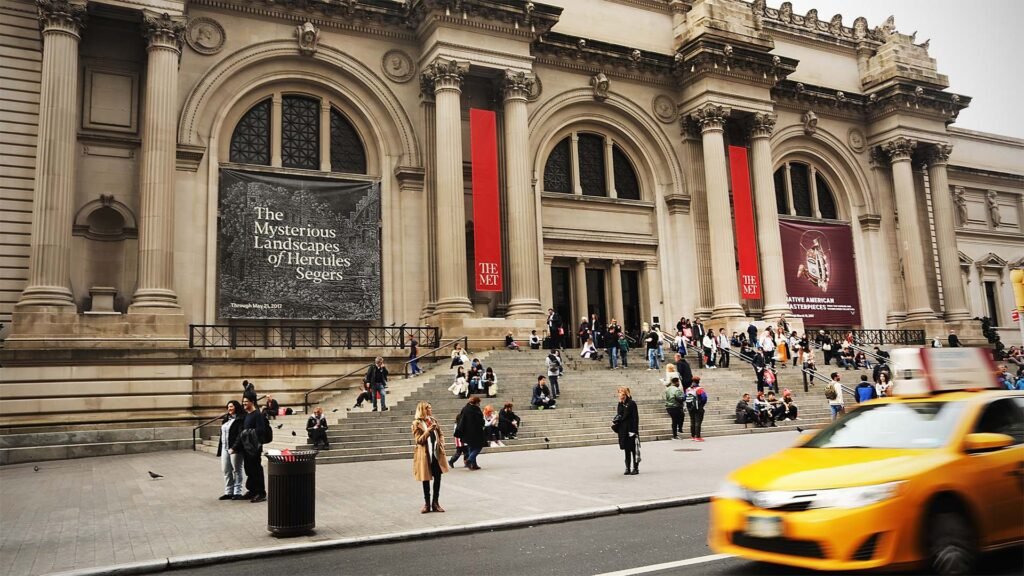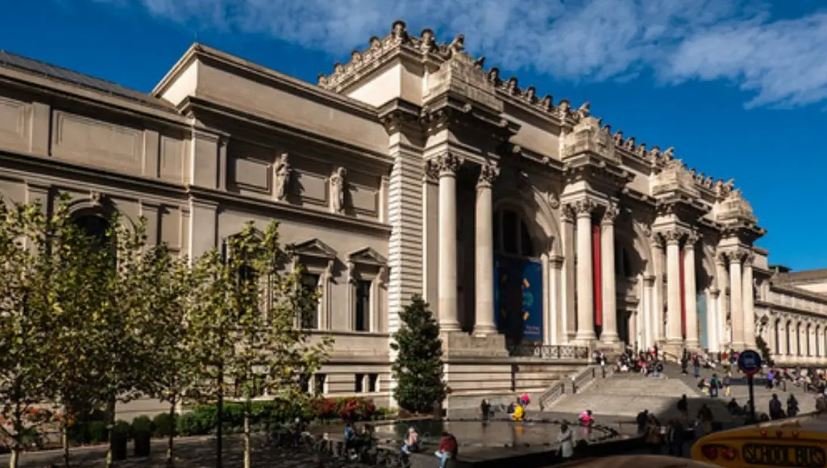In a significant move towards rectifying the illicit trade of cultural heritage, the Metropolitan Museum of Art in New York City announced on December 15 that it will be returning 14 sculptures to Cambodia and two to Thailand. These artifacts were linked to an art dealer, Douglas Latchford, who faced charges of trafficking looted antiquities in 2019. This restitution effort signifies a step forward in addressing the complex issue of stolen cultural treasures and marks the culmination of years of collaborative efforts between the museum, U.S. authorities, and the affected countries.

Douglas Latchford, who passed away in Bangkok in 2020, had been indicted by the U.S. Attorney’s office in the Southern District of New York for his involvement in supplying major auction houses, art dealers, and museums with looted antiquities. He was also accused of falsifying documentation regarding the origins of these artworks. The case shed light on the illegal trade of cultural artifacts from Southeast Asia, prompting the Met’s decision to repatriate the sculptures.
Max Hollein, the Met’s director and chief executive officer, expressed the museum’s commitment to resolving the matter, saying, “The Met has been diligently working with Cambodia and the U.S. Attorney’s Office for years to resolve questions regarding these works of art, and new information that arose from this process made it clear that we should initiate the return of this group of sculptures.”
The sculptures, dating back to the 9th to 14th centuries from the Angkorian period, reflect the profound influence of Hindu and Buddhist religions. These artworks are not only historically significant but also represent a poignant link to the cultural heritage of Cambodia and Thailand.
During the extended period of civil unrest in Cambodia from the mid-1960s to the early 1990s, looters targeted important archaeological sites associated with the ancient Khmer empire. Artifacts, including these sculptures, entered the international art market through an organized looting network and smuggling process orchestrated by Latchford, as stated in the U.S. Attorney’s indictment.
The Met’s decision to repatriate these artifacts aligns with its commitment to reviewing its collection, with a focus on cultural property and its historical collecting practices. The museum aims to ensure that its holdings reflect ethical and legal standards, fostering cooperation with nations seeking the return of their cultural treasures.
U.S. authorities have been dedicated to locating and returning looted artifacts to their countries of origin. This repatriation effort is part of a broader initiative to address the global issue of art and cultural heritage theft and highlights the importance of collaboration between museums, governments, and the legal system to rectify historical injustices. New York’s Met Museum’s decision sets a positive precedent for the responsible management of cultural artifacts and the promotion of ethical art practices on an international scale.




